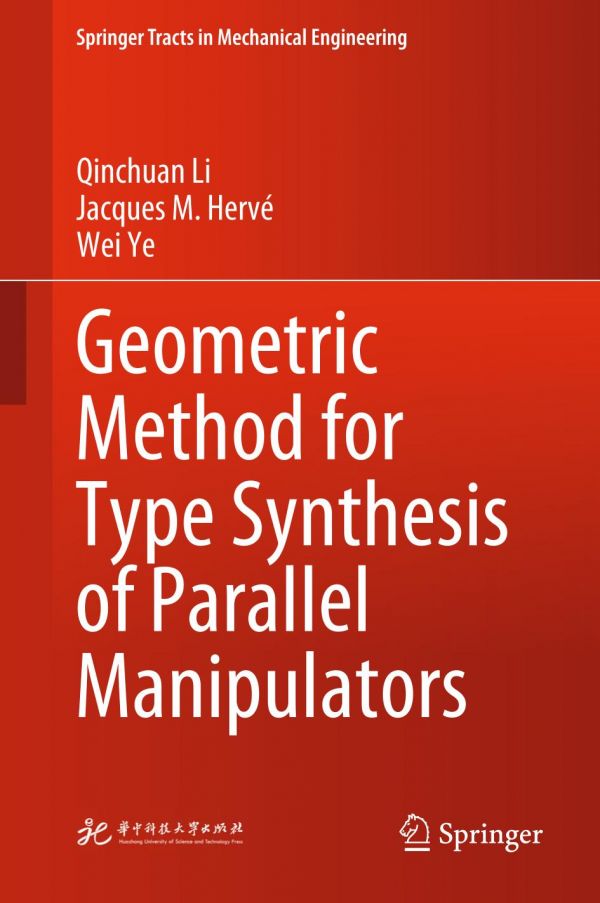

Most ebook files are in PDF format, so you can easily read them using various software such as Foxit Reader or directly on the Google Chrome browser.
Some ebook files are released by publishers in other formats such as .awz, .mobi, .epub, .fb2, etc. You may need to install specific software to read these formats on mobile/PC, such as Calibre.
Please read the tutorial at this link: https://ebookbell.com/faq
We offer FREE conversion to the popular formats you request; however, this may take some time. Therefore, right after payment, please email us, and we will try to provide the service as quickly as possible.
For some exceptional file formats or broken links (if any), please refrain from opening any disputes. Instead, email us first, and we will try to assist within a maximum of 6 hours.
EbookBell Team

4.7
36 reviewsThis book focuses on the synthesis of lower-mobility parallel manipulators, presenting a group-theory-based method that has the advantage of being geometrically intrinsic. Rotations and translations of a rigid body as well as a combination of the two can be expressed and handled elegantly using the group algebraic structure of the set of rigid-body displacements. The book gathers the authors’ research results, which were previously scattered in various journals and conference proceedings, presenting them in a unified form. Using the presented method, it reveals numerous novel architectures of lower-mobility parallel manipulators, which are of interest to those in the robotics community. More importantly, readers can use the method and tool to develop new types of lower-mobility parallel manipulators independently.